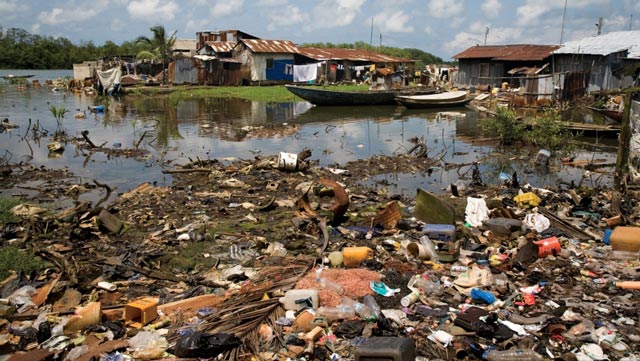By: Maida Irshad

Climatic change in Pakistan, like numerous other regions globally, is a significant, unsettling and pressing issue. As Pakistan faces many changes in its climate due to its geographical location in South Asia it includes, landscapes, mountains, plains, deserts, plateaus and a long coastline along the Arabian Sea. Frequent and severe heatwaves, droughts, floods, storms, and wildfires are signs of a changing climate. For example, Pakistan’s monsoon rains last year spread to regions like Balochistan that normally never saw monsoon rains. Millions of people are forced to relocate as a result of the harm caused by these changes, which ruin ecosystems, agriculture, and infrastructure. In the past few decades the climate of Pakistan has effected not only the country but also the people. Floods are threatening lives in Pakistan, during the last year 2022, the floods caused so much destruction in the country. People became homeless, their lives were changed, they lost everything, including their loved ones.
The Food and Agriculture Organisation of the United Nations (FAO) estimates that the recent floods severely damaged 4.8 million acres of cropland in Sindh, 2.7 million acres in Punjab, 1.2 million acres in Balochistan, and 714000 acres in Khyber Pakhtunkhwa in Pakistan. There were 90 affected districts, over 33 million affected individuals, and about 8 million displaced persons. As of November 18, 2022, at least 12,867 people have been injured and over 1,700 people had died, according to the Pakistan National Disaster Management Authority. The heat wave that struck in June 2015 claimed the lives of around 1,200 people in Karachi alone; another 200 individuals died in other parts of Sindh province. Around 200 water ponds have dried up in the Cholistan desert in 2022 as a result of the heat wave and lack of rainfall, severely impacting the locals and their livestock.
Pakistan, one of the developing nations with the lowest carbon emissions, is yet suffering from climate change. The Greenhouse Gases act similarly to a glass in the greenhouse. Due to Industrial discharge, a lot of dangerous and carcinogenic pollutants are released in the environment resulting in climatic change. These effects are primarily related to the emission of greenhouse gases and aerosols, as well as other pollutants that can indirectly influence climate. The industrial sector is a major source of greenhouse gas emissions, particularly carbon dioxide (CO2), methane (CH4), and nitrous oxide (N2O). These gases trap heat in the Earth’s atmosphere, leading to global warming and climate change. The more industrial activities emit these gases, the greater their impact on the climate.Industrial activities, including the use of synthetic fertilizers and some industrial processes, release nitrous oxide, another potent greenhouse gas. Nitrous oxide contributes to both global warming and stratospheric ozone depletion. Emissions from industrial processes, especially from the burning of fossil fuels and biomass, release black carbon particles. These particles can settle on snow and ice, reducing their reflectivity (albedo) and accelerating melting, contributing to regional warming in areas like the Arctic. Some industrial activities, such as mining and urbanization, can result in land use changes, which can affect local climate patterns, including temperature and precipitation.Industrial discharge into water bodies leads us to water pollution, which have indirect climate effects. Polluted waters can harm aquatic ecosystems and reduce their capacity to absorb and store carbon, potentially impacting the carbon cycle. Industries such as logging and mining can contribute to deforestation and land degradation, which can have climate impacts by reducing the Earth’s capacity to absorb CO2 through photosynthesis. It’s important to note that industrial discharge is a major driver of anthropogenic (human-caused) climate change.
The world is warming up as a result of climate change, and the nations that are causing it must take prompt action. The regional and global platforms must give climate change top priority in order to shield humanity from the negative effects of climatic disasters. Implementing policies related to climate finance, decarbonization, and climate change mitigation are necessary. One tool in the fight against climate change is the “Paris Agreement.” 198 nations have pledged to “slow down” climate change through global accords and commitments. However, inaction on the ground has made an alliance to address the global problem of climate change less likely.
To mitigate these effects the government must make sure that strategies are carried out effectively and transparently, with a special emphasis on assisting the most disadvantaged populations and getting to the grassroots level. Plans risk becoming merely formalities without actual action if there is a lack of strong political determination and dedication at the highest levels. Furthermore, officials need to understand that inefficiencies and bureaucratic roadblocks can impede or completely stall the implementation process. There could be delays and a lack of coherence as a result of the intricate cooperation required between several government agencies and stakeholders. In light of this, having a solid implementation strategy is just as important.
The writer is a student of Government and Public Policy at National Defence University, Islamabad. She tweets at maidairshad2



